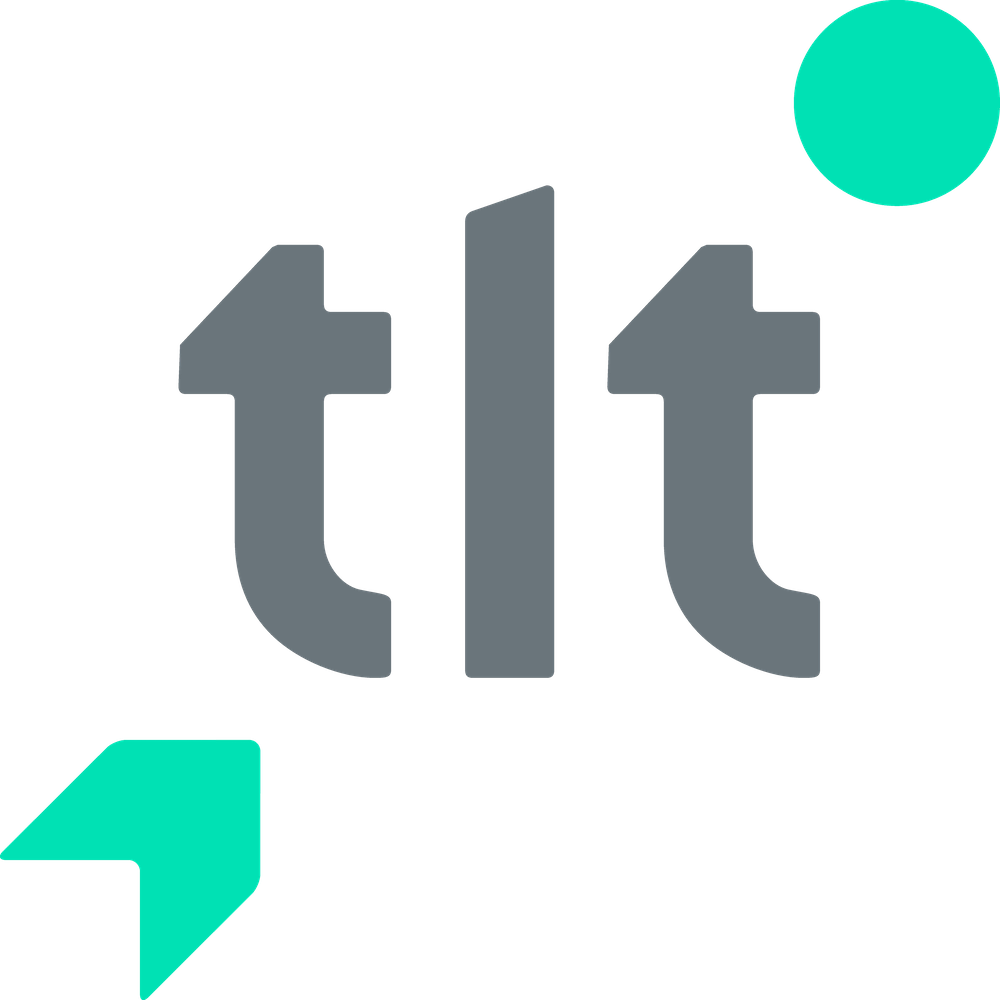TLT: The increase in the service capacity of the public transport vehicle has led to the need for additional manpower

Today, TLT employs 1,400 drivers, but the growth in volumes and the desire to ensure high-quality and consistent service of the route network have created a situation where AS Tallinna Linnatransport is ready to hire another 40-50 drivers.
Irene Metsis, Human Resources Manager of AS Tallinna Linnatransport, pointed out that although TLT has consistently trained and recruited new drivers, the current situation requires rapid additional recruitment.
“Due to the increase in route volumes by 5%, we will need dozens of new bus drivers in the near future. As seasonal illnesses and people’s scheduled vacation times also need to be covered, it is necessary to increase the staff,” said Metsis.
The HR manager pointed out that there are many bonuses in becoming a public transport driver, and the complexity of the profession should not be feared either.
“For example, today, everyone would be definitely able to operate the new and modern buses; the most important thing is the desire to work as a bus driver, and we, in turn, can offer the relevant training so that the desire becomes a reality,” Metsis encouraged.
She added that there are many more benefits, such as 35 days of annual holiday for drivers, and that even salaries are competitive among bus drivers.
“Our employees can also use various swimming pools and gyms free of charge, and drivers also have access to a masseuse and mental health counseling. We also compensate for sick days, arrange great joint events and ensure the transport of employees from work to home and from home to work before and after the start or end of public transport work,” Metsis described.
The journey of a new employee to become a public transport driver depends in part on whether or not he or she already holds a category D driver’s license.
“If a newcomer does not have a category D driver’s license, we expect him or her to attend a category D driver’s training at our company. However, if the person has a category D driver’s license, in-service training for the bus driver must be completed. If that has also been completed, all you have to do is go through the initial training of the new bus driver, where detailed information about the buses, the general work organization of our company and the peculiarities of the bus driver’s work will be shared,” Metsis commented and added that all training is held in both Estonian and Russian, depending on in which language the person feels more comfortable studying.

